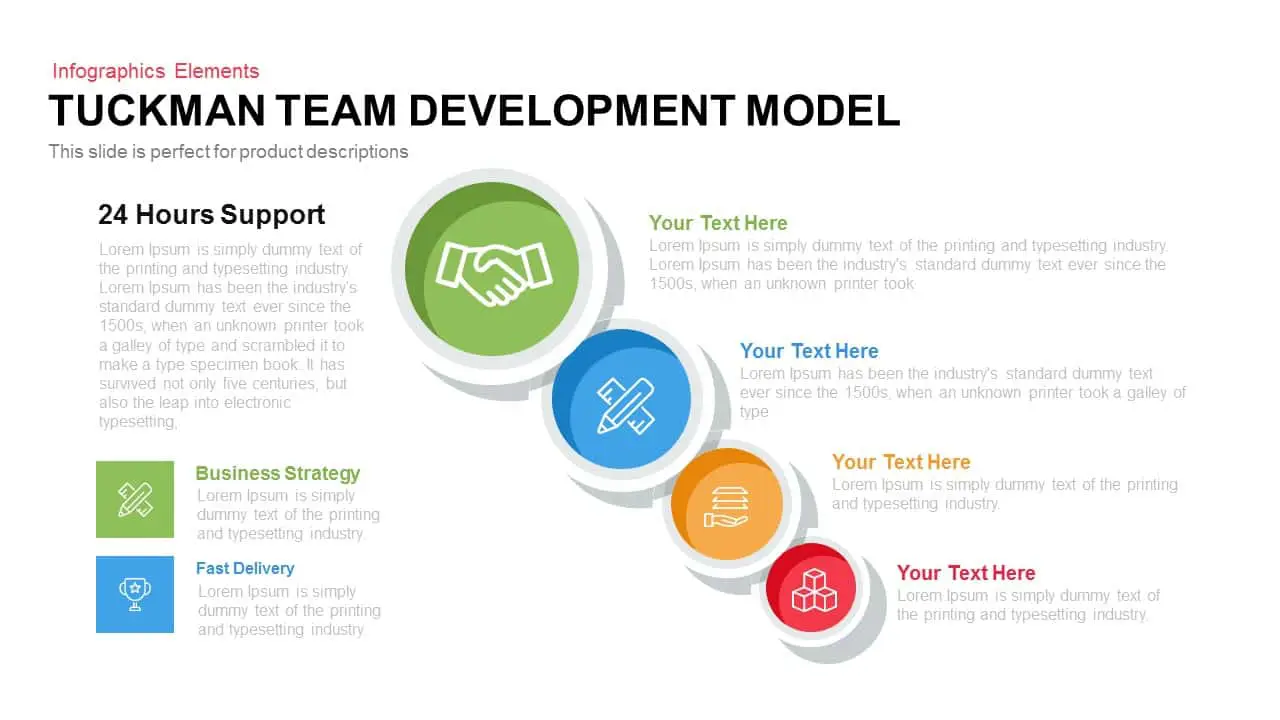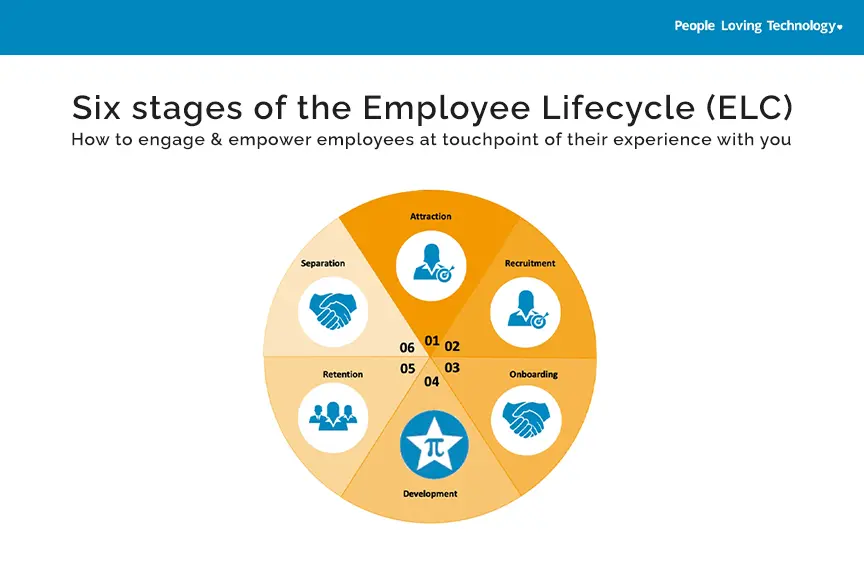What to Do When Two VPs Give Opposite Feedback on the Same Presentation

Picture this: Your team has spent weeks perfecting a critical presentation. They’ve researched extensively, crafted compelling visuals, and rehearsed their delivery. Then, within hours of each other, two VPs provide completely contradictory feedback. One wants more data, the other thinks it’s already too detailed. One suggests a complete restructure, while the other praises the current flow but wants different messaging.
Your team is now paralyzed, unsure which direction to take, and their confidence is plummeting. As the manager, you’re caught in the middle, trying to please both executives while preserving your team’s sanity and the presentation’s effectiveness.
This scenario is remarkably common in corporate environments. According to leadership expert John Mattone, “Inconsistent and conflicting feedback from executives can have devastating effects on the morale and productivity of the workforce. A continuous feedback loop is critical for personal and organizational success.” (source)
When facing contradictory VP feedback, the real challenge isn’t just about resolving differences of opinion. It’s about maintaining team trust, preserving the presentation’s purpose, and creating a constructive path forward that aligns with organizational goals.
Why Conflicting VP Feedback Happens
Before diving into solutions, it’s important to understand why executive feedback often conflicts:
- Different priorities and perspectives: VPs from different departments naturally focus on their specific areas of concern. The Marketing VP may prioritize messaging and brand alignment, while the Finance VP focuses on ROI metrics and cost justifications.
- Implicit vs. explicit expectations: Executives may have unspoken assumptions about what constitutes an effective presentation based on their previous experiences.
- Political considerations: Sometimes feedback is driven by organizational politics or personal agendas rather than the presentation’s actual merit.
- Communication styles: Different executives have different feedback styles—some are direct and critical, others are nuanced or vague.
According to Harvard Business Review, “When faced with widely divergent feedback, approach the conflicting messages with curiosity instead of resistance to uncover valuable insights.” (source)
The Evidence-Based Reconciliation Approach
When two VPs give opposite feedback, resist the urge to either blindly implement all changes or, worse, cherry-pick the easier feedback to address. Instead, use an evidence-based reconciliation approach that elevates the discussion beyond personal preferences.
Step 1: Document Both Feedback Sets Objectively
Create a detailed, side-by-side comparison of both VPs’ feedback, categorizing comments by:
- Presentation structure
- Content and data points
- Messaging and tone
- Visual elements
- Delivery approach
This documentation helps depersonalize the feedback and allows you to identify patterns and true points of conflict versus simple misunderstandings.
Step 2: Connect Feedback to Business Objectives
For each piece of feedback, ask:
- How does this align with the presentation’s primary goal?
- Which organizational priorities does this feedback serve?
- What evidence supports this direction?
Research from Quantified Communications notes that “Traditional communication improvement methods often fail; objective, data-driven feedback helps executives identify critical development areas and achieve lasting improvement.” (source)
Step 3: Gather Supporting Evidence
Before attempting reconciliation, collect objective data to inform the discussion:
- Previous presentation performance metrics
- Audience feedback from similar presentations
- Industry best practices
- Research on effective communication for your specific audience
- Internal data on what has worked in past presentations
This evidence creates a common ground for discussion beyond subjective opinions.
Facilitating the VP Feedback Resolution Meeting
With your analysis complete, it’s time to bring the VPs together to resolve the conflicts. This meeting is critical; your role is to facilitate alignment without appearing to favor either executive’s viewpoint.
Meeting Preparation
1. Set clear expectations: Inform both VPs that the purpose is to align on feedback to provide clear direction to the team.
2. Create a neutral agenda: Focus on business outcomes rather than personal preferences.
3. Pre-share the documentation: Provide your side-by-side feedback comparison and relevant evidence before the meeting.
4. Anticipate objections: As noted by Stratechi, “Proactively anticipating objections and addressing them clearly strengthens your argument and increases the likelihood of alignment.” (source)
The Resolution Meeting Format
1. Opening (5 minutes)
- Thank both executives for their valuable input
- Clarify the meeting’s purpose: to align on feedback that best serves the presentation’s goals
- Establish ground rules for constructive discussion
2. Reaffirm Shared Goals (10 minutes)
- Review the presentation’s primary purpose and success criteria
- Confirm the target audience and desired outcomes
- Establish agreement on these fundamentals before addressing specific feedback
3. VP Perspective Sharing (15 minutes)
- Ask each VP to explain the rationale behind their key feedback points
- Focus on the “why” behind recommendations, not just the “what”
- Encourage explanation of how their feedback serves business objectives
4. Evidence Presentation (10 minutes)
- Share relevant data you’ve gathered about effective presentations
- Present audience insights or performance metrics from past presentations
- Introduce any external best practices that might inform the discussion
5. Identify Common Ground (15 minutes)
- Highlight areas where the VPs’ feedback already aligns
- Look for complementary (rather than contradictory) elements
- Identify the highest-priority improvements both can agree on
6. Address True Conflicts (20 minutes)
- For each major point of disagreement, facilitate a discussion focused on:
- – Which approach better serves the presentation’s purpose?
- – What evidence supports each direction?
- – Can we find a middle-ground approach that captures both concerns?
Harvard Business Review notes that “Conflict avoiders often try to placate others or change the topic to prevent disagreement from escalating, but constructive feedback requires active conflict engagement.” (source)
7. Document Decisions and Next Steps (15 minutes)
- Capture resolved feedback points and agreed-upon changes
- Note any unresolved items that need further investigation
- Assign clear responsibilities for implementation
- Set expectations for review of the revised presentation
The Decision Log Template
Document the feedback reconciliation process using a decision log template. This creates transparency, accountability, and a reference for future presentations. Your template should include:
Decision Log Components:
1. Presentation Information
- Presentation title and purpose
- Date and intended audience
- Team members involved
2. Feedback Summary
- VP A’s key feedback points
- VP B’s key feedback points
- Areas of alignment
- Areas of initial disagreement
3. Resolution Decisions
- Each major decision point
- The agreed direction
- Rationale for the decision
- Supporting evidence or considerations
- Any compromises made
4. Implementation Plan
- Changes to be made
- Person responsible
- Timeline for completion
- Method for validation
5. Follow-up Process
- Next review date
- Success metrics to track
- Lessons learned for future presentations
This documented approach ensures everyone understands not just what changes to make, but why they’re being made. It also creates institutional knowledge that can inform future presentations.
Preventing Future Feedback Conflicts
While resolving the immediate conflict is important, take steps to prevent similar situations in the future:
1. Implement Early Stakeholder Alignment
Get both VPs involved earlier in the process, perhaps at the outline or storyboard stage, to identify potential conflicts before significant work is done.
2. Create Presentation Standards
Develop company-wide guidelines for different presentation types that have executive buy-in, reducing subjective feedback.
3. Use Data to Drive Decisions
Systematically collect metrics on presentation effectiveness to create an objective foundation for feedback.
4. Build Executive Feedback Skills
Provide guidance to executives on giving constructive, specific feedback that ties to business objectives rather than personal preferences.
When Reconciliation Fails
Sometimes, despite your best efforts, the VPs simply cannot agree. In these cases:
1. Escalate selectively: If the disagreement is significant and impacts business outcomes, consider bringing in a more senior executive to make the final call.
2. Create versions: In some cases, creating different versions for different audiences or purposes may be appropriate.
3. Focus on audience needs: When executive preferences cannot be reconciled, return to audience research to determine the most effective approach for the actual presentation consumers.
4. Document the impasse: Record the unresolved differences and the path chosen, protecting your team from future criticism.
The Manager’s Role as Feedback Mediator
Your ultimate responsibility as the presentation team manager goes beyond just resolving the immediate conflict. You must:
1. Shield your team: Prevent conflicting feedback from reaching your team directly, causing confusion.
2. Translate executive input: Convert sometimes vague executive feedback into actionable direction.
3. Advocate for quality: Stand firm when changes would undermine the presentation’s effectiveness.
4. Build feedback resilience: Help your team develop healthy perspectives on receiving conflicting feedback.
By approaching conflicting VP feedback as an opportunity for deeper alignment rather than a frustrating obstacle, you transform potential team demoralization into a chance to create more impactful presentations that truly serve organizational goals.
Remember that navigating executive feedback is as much about diplomacy and organizational savvy as it is about presentation expertise. With a structured, evidence-based approach to reconciling contradictory input, you can guide your team through the feedback maze while preserving both executive relationships and presentation quality.


